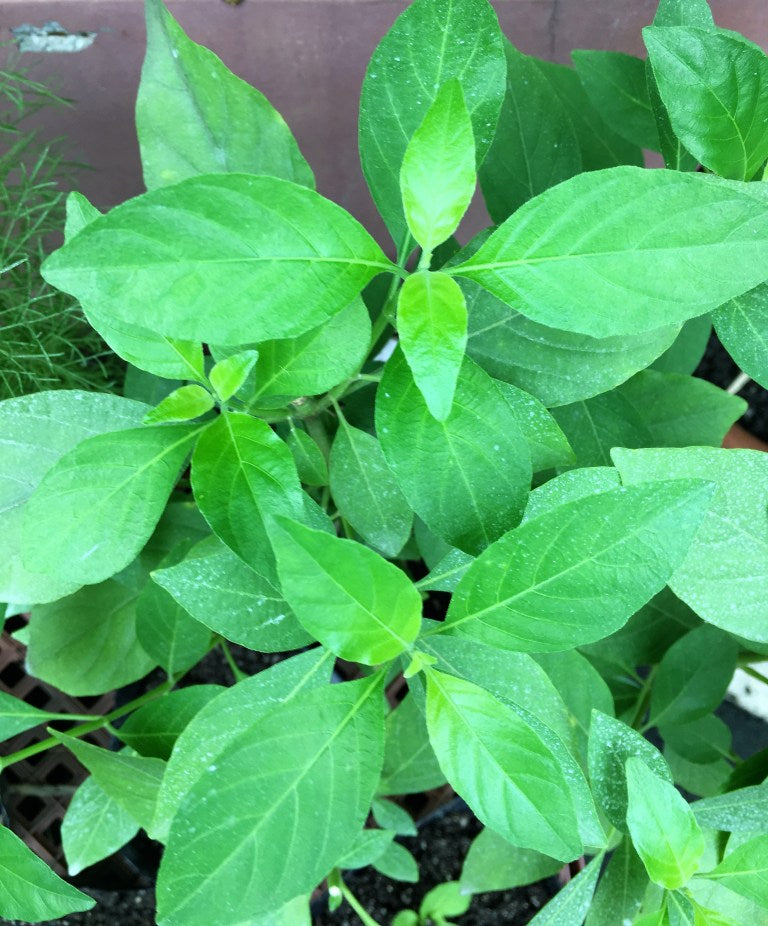Lovely Location
Choose a site for your tea plant that has protection from direct afternoon sun and strong winds. A spot with partial shade or dappled sunlight with some protection from nearby tree canopies is ideal, although a tea plant should be kept 10 to 15 feet away from trees and structures. If you’re planting multiple tea shrubs, space them 6 to 10 feet apart. Do not plant it in an area prone to flooding. A tea plant can grow up to 15 feet tall, so make sure you allow enough space for it. All pruning should be done in the spring after flowering.
Planting Prosperity
Select a healthy tea plant from the garden center that shows no signs of pests or diseases. Dig a large hole about 3 times the diameter of the root ball, planting the shrub at the same depth as it was in the container. After backfilling the hole with soil, water deeply to settle any air pockets. Tea plant prefers organically rich, fertile soil that drains well. Water frequently during dry periods to keep the soil moist, and mulch with 2 to 6 inches of organic material, such as bark or wood chips, keeping the mulch at least 8 inches from the shrub’s trunk. To minimize fungal infections, water at the base of the plant to keep the leaves dry.
Nutrient Needs
A tea plant can benefit greatly from regular fertilizer applications. Every other month throughout the growing season, feed the shrub with a balanced 10-10-10 fertilizer. For every 10 square feet, thoroughly mix 1/3 ounce of liquid fertilizer with 1 gallon of water. Use a broadcast sprayer to the apply the fertilizer evenly to the soil, agitating it back and forth as you spray to keep the contents mixed. Avoid contact with your skin, and protect yourself by wearing long sleeves, pants and rubber gloves.
______________________________________________
Container Grown Tea: Tips On Growing Tea Plants In Pots
An excerpt from “Growing Tea at Home” By Amy Grant (An excerpt from the https://www.gardeningknowhow.com/ )
Container grown tea plants should be planted in a pot with plenty of drainage holes, that is 2 times the size of the root ball. Fill the bottom third of the pot with well-draining, acidic potting soil. Place the tea plant atop the soil and fill in around it with more soil, leaving the crown of the plant just above the soil.
Place the plant in an area with bright, indirect light and with temperatures about 70 F. (21 C.). Keep the plant well watered but do not allow the roots to become water logged. Water until the water runs out of the drainage holes. Allow the soil to drain and don’t let the container sit in water. Let the top few inches of soil dry between watering.
Fertilize the container grown tea plant during its active growing season, from spring through fall. At this time, apply an acidic plant fertilizer every 3 weeks, diluted to half the strength according to the manufacturer’s instructions.
Prune the tea plant yearly after it blooms. Also remove any dead or damaged branches. To restrict the height of the plant and/or to facilitate new growth, prune the shrub back by about half its height.
If the roots begin to outgrow the container, repot the plant into a larger container or trim the roots to fit the pot. Repot as needed, usually every 2-4 years.

